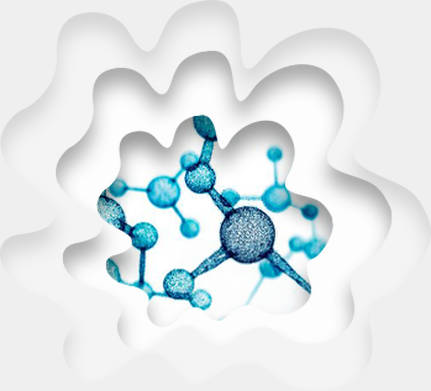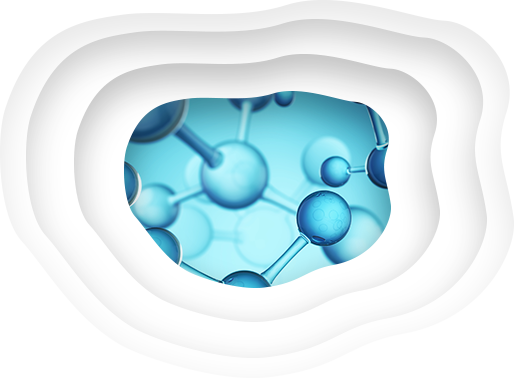While artificial general intelligence, or “singularity” as they call it, may be decades away, we have already reached a point where AI can significantly augment our intelligence and help us achieve better outputs at a faster pace.
As of today, there is no area where AI has not been proven useful. From playing games to flying airplanes and from detecting cancers to automatically cleaning up selfie-portraits, AI has made its presence felt in all domains.
With the massive global expenditure on pharma R&D, to the tune of 186 billion USD in 2019, and the ever-increasing pressure on pharma to manufacture innovative products, the right AI–powered tools and techniques can make a significant difference in how research is conducted and how fast results are disseminated.
Until a year ago, the general public may not have understood or even paid much heed to the need for speed and accuracy when it comes to research. But because of the COVID-19 situation, many began to recognize and feel the pain of the pace of research in the race for effective vaccine development.
While some of the results of research are celebrated, it is easy for the media and public to forget the countless steps and processes behind the scenes, which last many months before any results are achieved; more often than not, the results of research aren’t revolutionary or even directly useful.
One of the early stages of the research lifecycle is discovery. On average, researchers spend 4 hours every week searching through research and 5 hours reading articles, with only 50% of the articles being useful.
AI can significantly cut this time short by helping researchers discover the right articles to read. There are many tools out there — including CACTUS’s proprietary R Discovery — that are powered by natural language processing and search through published literature using machine–learned concepts, which help researchers narrow down their reading and discover the relevant research much faster.
The next stage is the actual research, which consists of gathering data; running experiments based on various hypotheses; collecting, analyzing, and representing the research outputs; and arriving at the conclusions.
For the above steps, many AI open–source tools, such as Python, R, Pandas, Scikit, and Spark, as well as proprietary AI tools like Mathematica, Matlab, and SAS can be very useful, especially when directed toward statistical machine learning.
Many research labs are making use of advanced AI streams such as computer vision, robotic arms, IOT, and speech and audio to assist them in the research process.
Finally, the most important stage for researchers is the publication and dissemination of their research—the tedious and time–consuming albeit critical final step of the process, which brings their research to life.
While scientific writing services such as those offered by Cactus Life Sciences will continue to exist to help pharma companies with manuscript preparation, formatting, and language correction, there are also many AI tools out there that can be used by individual researchers. These tools help with writing manuscripts, correcting grammar and language, and formatting the manuscripts as per target journal standards, in addition to automated solutions for styling figures, tables, captions, and citations. For example, R Pubsure — another AI-driven proprietary CACTUS product — offers an online suite of assistive tools that help researchers make their manuscripts publication–ready.
Since its inception, CACTUS has been partnering with researchers to assist them in their research journey. It has been our constant endeavor to enable researchers, pharms companies, and innovators to find analogous concepts and novel ideas from different industries and fields.
We are excited to have entered the AI and deep–learning space as well, as the need of the hour is to develop innovative products for pharma and publishers as well as business and tech solutions for other stakeholders in the scientific research landscape.
At CACTUS, we have already developed several AI–powered tools that help researchers keep their focus on their main work, the research. As a community, however, we still have a long way to go before AI is fully integrated in the R&D ecosystem.
A version of this article was originally published on DataQuest on July 21, 2020.
Share this post
About the author

Nishchay Shah
Nishchay Shah is Chief Technology Officer at Cactus Communications













